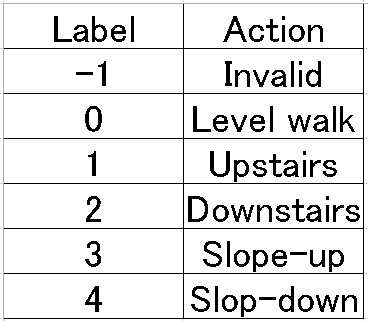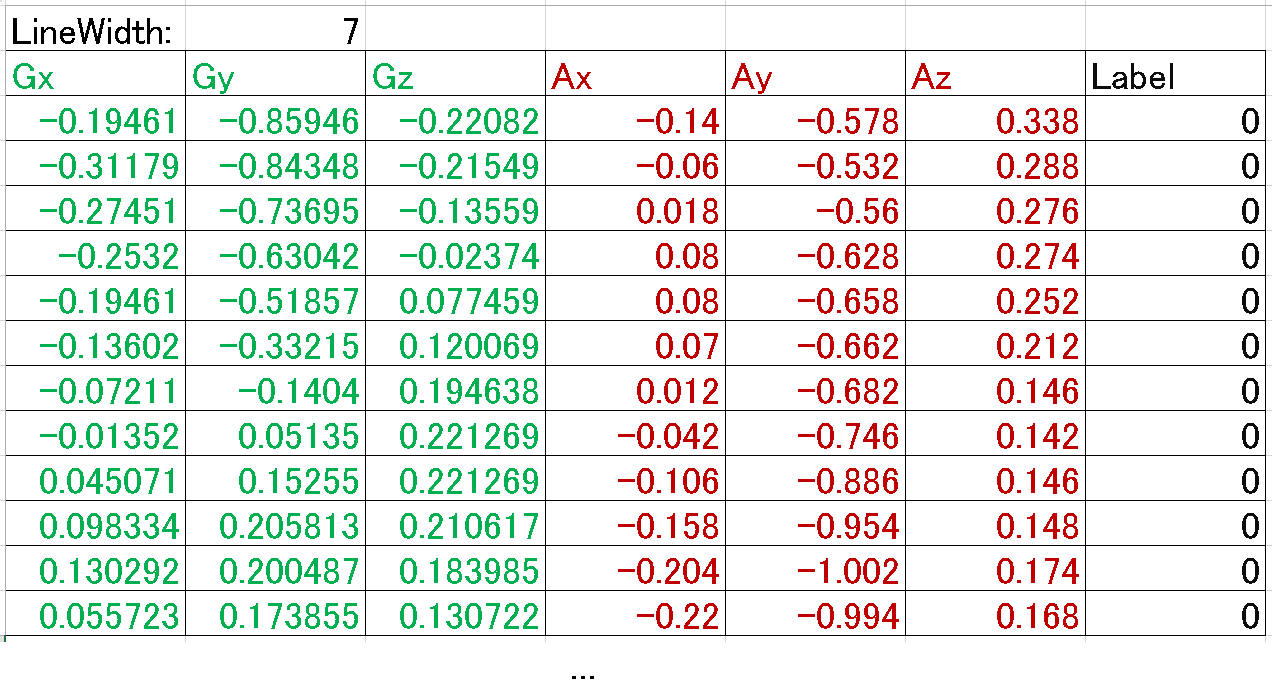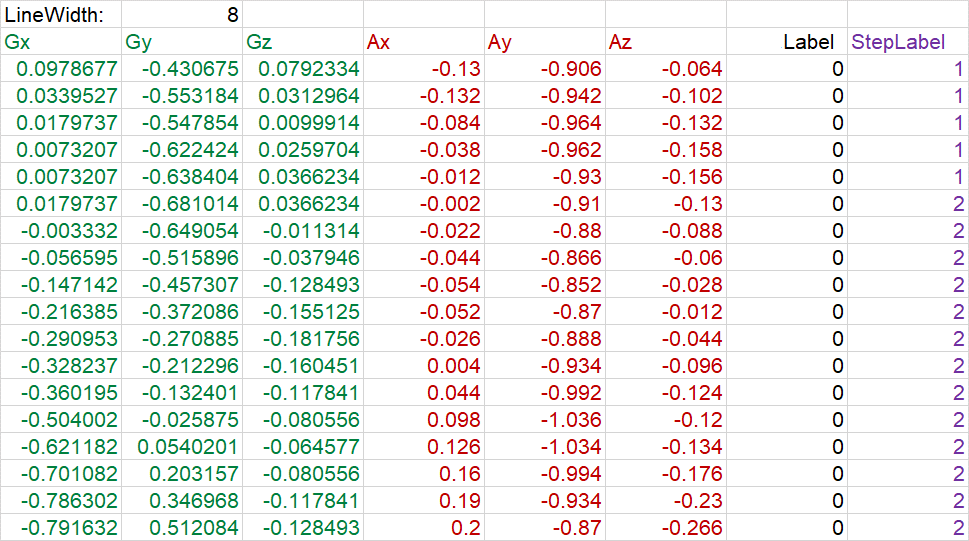Introduction
The OU-ISIR Gait Database is meant to aid research efforts in the general area of developing, testing and evaluating algorithms for gait-based human and action recognition. The Institute of Scientific and Industrial Research (ISIR), Osaka University (OU) has copyright in the collection of gait database and serves as a distributor of the OU-ISIR Gait Database.
This inertial dataset was collected from visitors in a five day outreach event in 2011, in Tokyo, Japan. Each visitor was requested to sign an informed consent to permit the use of their data for research purpose. Thanks to them, we got the world largest database on inertial sensor-based gait where the similar gait action dataset is extracted. Detailed descriptions are found in the following:
- Thanh Trung Ngo, Yasushi Makihara, Hajime Nagahara, Yasuhiro Mukaigawa,Yasushi Yagi, "Similar gait action recognition using an inertial sensor," Pattern Recognition Vol.48 (4), pp. 1289-1301, 2015
News: We have uploaded the list of subjects with age and gender, please find the link at the bottom of the page.
Sensor Setup

We used three IMUZ sensors, each IMUZ includes a triaxial accelerometer and a triaxial gyroscope
Sensors are fixed around subject's waist as shown in Fig.1(c). The center IMUZ is located at the center back waist of subjects, the left and right IMUZs are located at the left and right waist, respectively. The sensor orientations are all different. The difference is approximately 90-deg or 180 deg. Sensors worked at 100Hz.
Gait Actions
There are 5 gait actions included in the dataset, namely walking on flat ground, up/down stairs, and up/down a slope, see Fig.1(d). The actions are labeled as in the table:

Dataset Information
After a great effort to manually identify and label the signal sequence with 5 labels, out dataset contains action data of more than 460 people with similar gender ratio and aged between 8 and 78. For each participant, all the actions are stored in the single signal file with the corresponding action labels.
File Name Convention
The filename contains only the ID. Example of naming convention for subject with ID= 000104: T0_Id000104.actLabel
File Format
Data file is formatted as follows:
- The first line contains the number of collumns
- The second line contains the collumn names
- From the third line on, the first 3 numbers are for 3D gyroscope sample (Gx,Gy,Gz), the next 3 numbers are for 3D accelerometer sample (Ax,Ay,Az), the last number is the label for the inertial signal sample
- Unit of the gyroscope data is radian/s and that of the accelerometer is gravity [g].
An example of a file content is shown as follows:

In addition, a dataset with annotated steps used in the paper is also prepared as requested by some researchers. If interested, one could check the annotation method detail in the paper. An example of the file content with step annotation is shown as follows:

Folder Structure
Once unzipped, there are three folders for the the three IMZ sensors and one folder for the data protocol used in the above paper:
 CenterSensor
CenterSensor LeftSensor
LeftSensor RightSensor
RightSensor PaperProtocol
PaperProtocol
How to get these datasets?
These datasets could be downloaded as zip files with password protection and the password will be issued on a case-by-case basis. To receive the password, the requestor must send the release agreement signed by a legal representative of your institution (e.g., your supervisor if you are a student) to the database administrator by mail, e-mail, or FAX.- Release agreement
- Download the basic dataset with action label
- Download the dataset with step and action labels
- Download ID list with age and gender
Note
It was often reported that Windows built-in zip did not work to extract all the files. Please try another unzip software if necessary.
The database administrator
Department of Intelligent Media, The Institute of Scientific and Industrial Research, Osaka UniversityAddress: 8-1 Mihogaoka, Ibaraki, Osaka, 567-0047, JAPAN

FAX: +81-6-6877-4375.